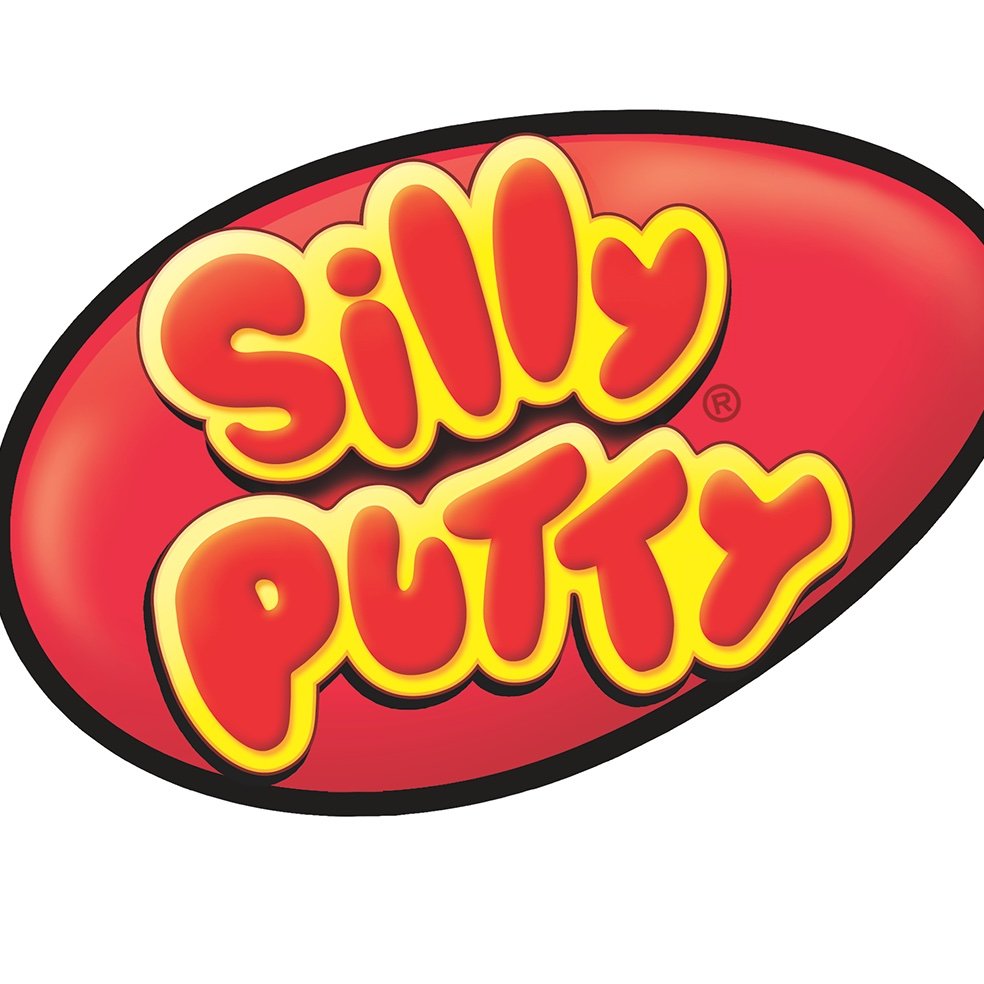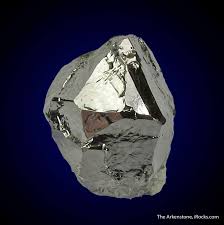Accidental Successes #2 : Sir Bounce-A-Lot
We have seen a case when X attempts to create A but ends up with B and Y sees a good fortune can be made out of this and promotes it.
That is, in Accidental Succeses #1
Let us see one more such case (this has disputes of its invention but let us see someone who did indeed invent independently and is recognized by the product's marketers)...

Wright was working with silicone oil, in an attempt to create a silicon-based (instead carbon based natural) rubbery synthetic compound.

In 1943, when Wright mixed it with boric acid in a test tube, he hit gold (albeit as an ore). The compound was slightly gooey to touch. But this was not the hard rubber he was looking for. So, frustrated, he threw the contents of test tube on to the floor (highly irresponsible behaviour from a chemical engineer, 1/10, would not recommend) and to his surprise (and good fortune) it bounced! This new compound was very flexible, stretchy and bouncy [However it was not a good rubber substitute, so Wright and GE did go on in that direction]. But it had to wait for close to 7 years to get in the hands of a visionary...
In 1949, Ruth Fallgater, a toy-store owner contacted a marketing consultant Peter Hodgson when she came across the putty. They partnered and marketed it by putting it in a clear case and they did sell well but soon Fallgater stopped pursuing it further. But Hodgson saw its potential...
Hodgson wanted to present his new product at the 1950 International Toy Fair in New York, as Nutty Putty but was changed later due to marketing concerns.
Though he was already US$12,000 in debt, Hodgson borrowed US$147 to buy a batch of the putty to pack 28 g portions into plastic eggs for US$1, calling it Silly Putty.
Initially, sales were poor, but after a New Yorker article mentioned it, Hodgson sold over 250,000 eggs of silly putty in three days.



Similarly, you hit a Sperrylite with enough vision, you can actually transform it into a Platinum.
All you need, is a vision.
SSV
That is, in Accidental Succeses #1
Let us see one more such case (this has disputes of its invention but let us see someone who did indeed invent independently and is recognized by the product's marketers)...

THE WRIGHT WHO DID NOT FLY
James Wright was a Scottish-born who worked as a researcher and chemical engineer in a now-127-year-old company formed by the Wizard of Menlo park, Thomas Alva Edison, the General Electric.MILITARY FUNDING, HONEY.
During the time of World War II, the United States could not obtain natural rubber from their Asian suppliers. Cheap rubber substitute was a necessity for their military vehicles. The General Electric company was then under a contract to produce synthetic inexpensive rubber substitute for the military.Wright was working with silicone oil, in an attempt to create a silicon-based (instead carbon based natural) rubbery synthetic compound.
THE SUCCESSFUL FAILURE
In 1943, when Wright mixed it with boric acid in a test tube, he hit gold (albeit as an ore). The compound was slightly gooey to touch. But this was not the hard rubber he was looking for. So, frustrated, he threw the contents of test tube on to the floor (highly irresponsible behaviour from a chemical engineer, 1/10, would not recommend) and to his surprise (and good fortune) it bounced! This new compound was very flexible, stretchy and bouncy [However it was not a good rubber substitute, so Wright and GE did go on in that direction]. But it had to wait for close to 7 years to get in the hands of a visionary...
HODGSON HOVERS IN
In 1949, Ruth Fallgater, a toy-store owner contacted a marketing consultant Peter Hodgson when she came across the putty. They partnered and marketed it by putting it in a clear case and they did sell well but soon Fallgater stopped pursuing it further. But Hodgson saw its potential...
FROM NUTTY TO SILLY
Hodgson wanted to present his new product at the 1950 International Toy Fair in New York, as Nutty Putty but was changed later due to marketing concerns.
Though he was already US$12,000 in debt, Hodgson borrowed US$147 to buy a batch of the putty to pack 28 g portions into plastic eggs for US$1, calling it Silly Putty.
Initially, sales were poor, but after a New Yorker article mentioned it, Hodgson sold over 250,000 eggs of silly putty in three days.
THE FALL AND BOUNCE BACK
However, Hodgson was almost put out of business in 1951 by the Korean War.
Silicone, the main ingredient in silly putty, was put on ration, harming his business. A year later, the restriction on silicone was lifted and the production of Silly Putty resumed.
Initially, it was primarily targeted towards adults. However, by 1955, the majority of its customers were aged six to twelve.
RISE AND SLIME IN THE SKY...

In 1957, Hodgson produced the first televised commercial for Silly Putty, which aired during the Howdy Doody Show.
In 1961, Silly Putty went worldwide, becoming a hit in the Soviet Union and Europe.
In 1968, it was taken into lunar orbit by the Apollo 8 astronauts.
Hodgson died in 1976. A year later, Binney & Smith, the makers of Crayola products, acquired the rights to Silly Putty.
Silly Putty was inducted into the National Toy Hall of Fame on May 28, 2001.
All times sales of the eggs are over 300 million.SO, FRIENDS...
Similarly, you hit a Sperrylite with enough vision, you can actually transform it into a Platinum.
All you need, is a vision.
SSV
Comments
Post a Comment